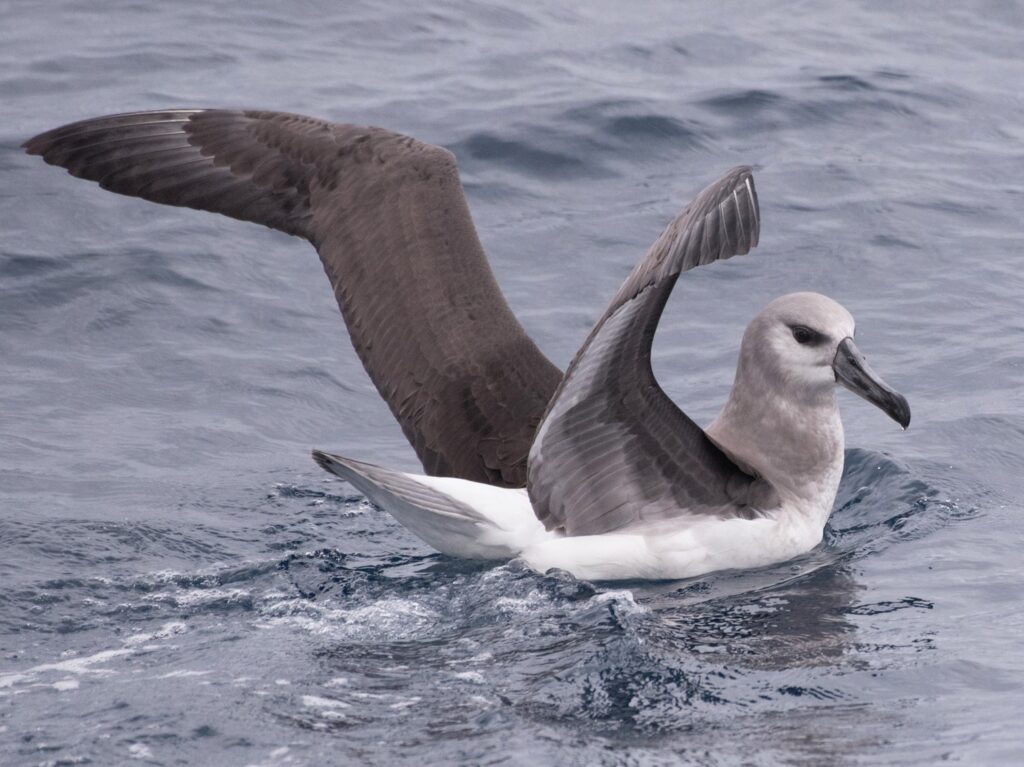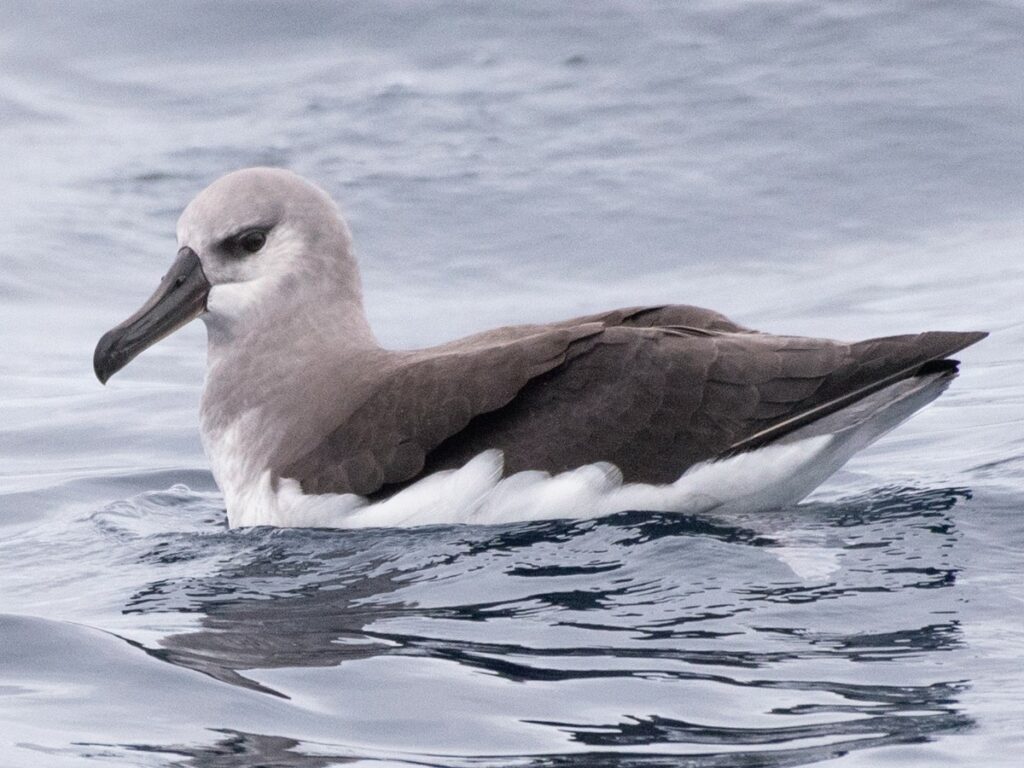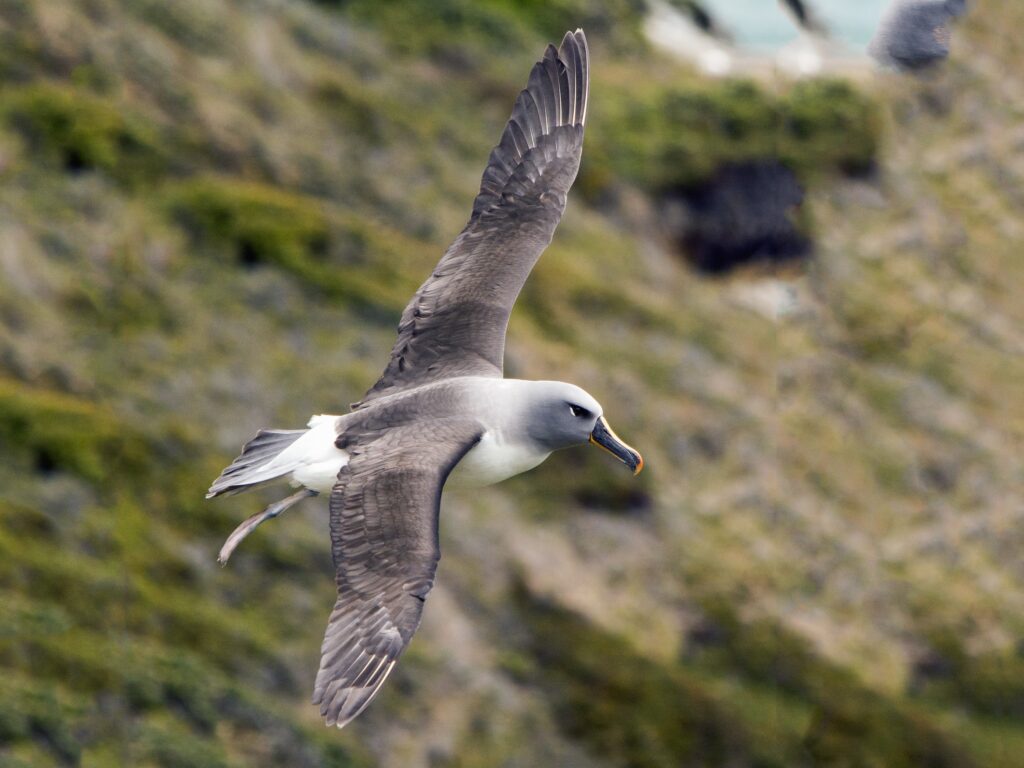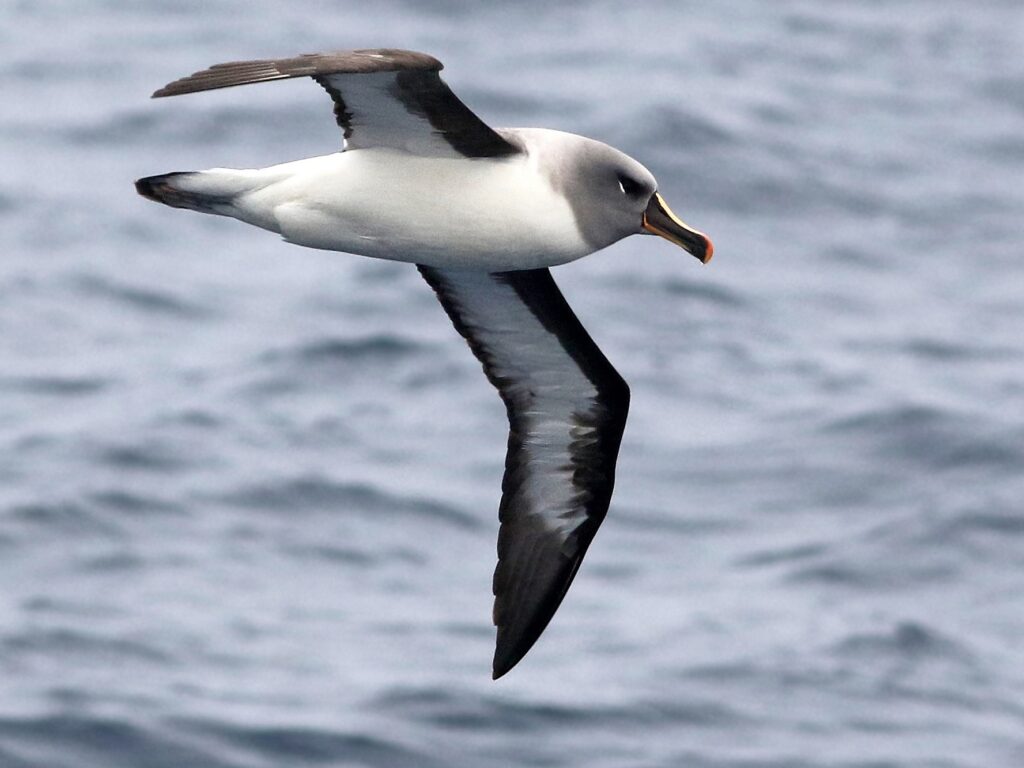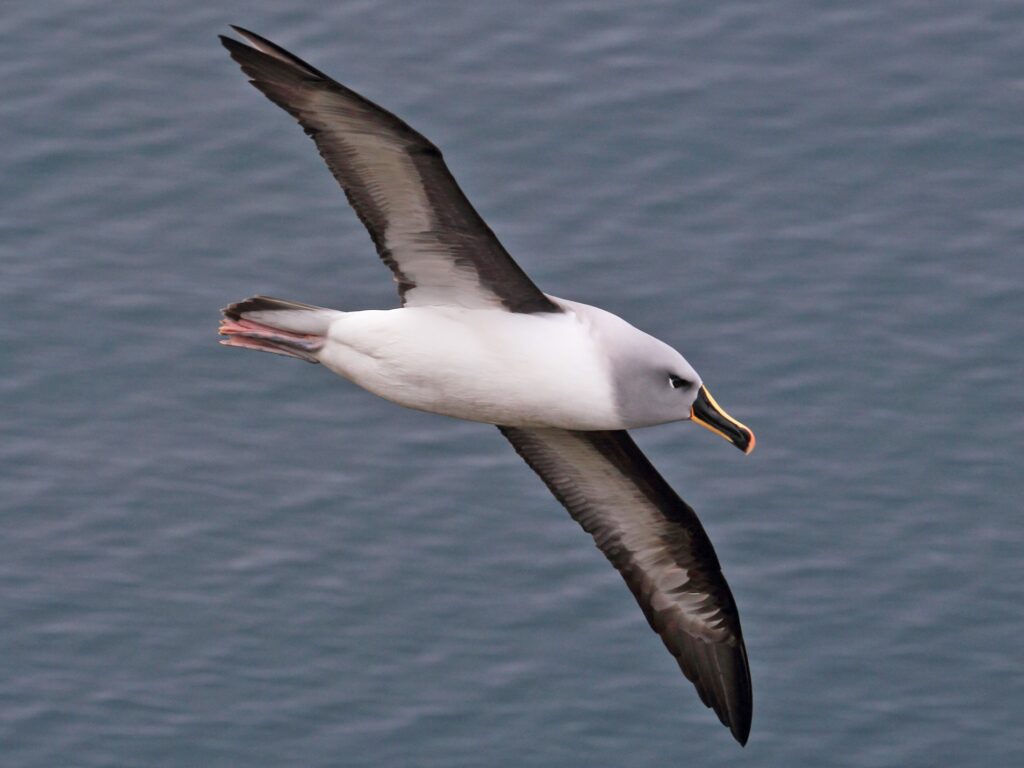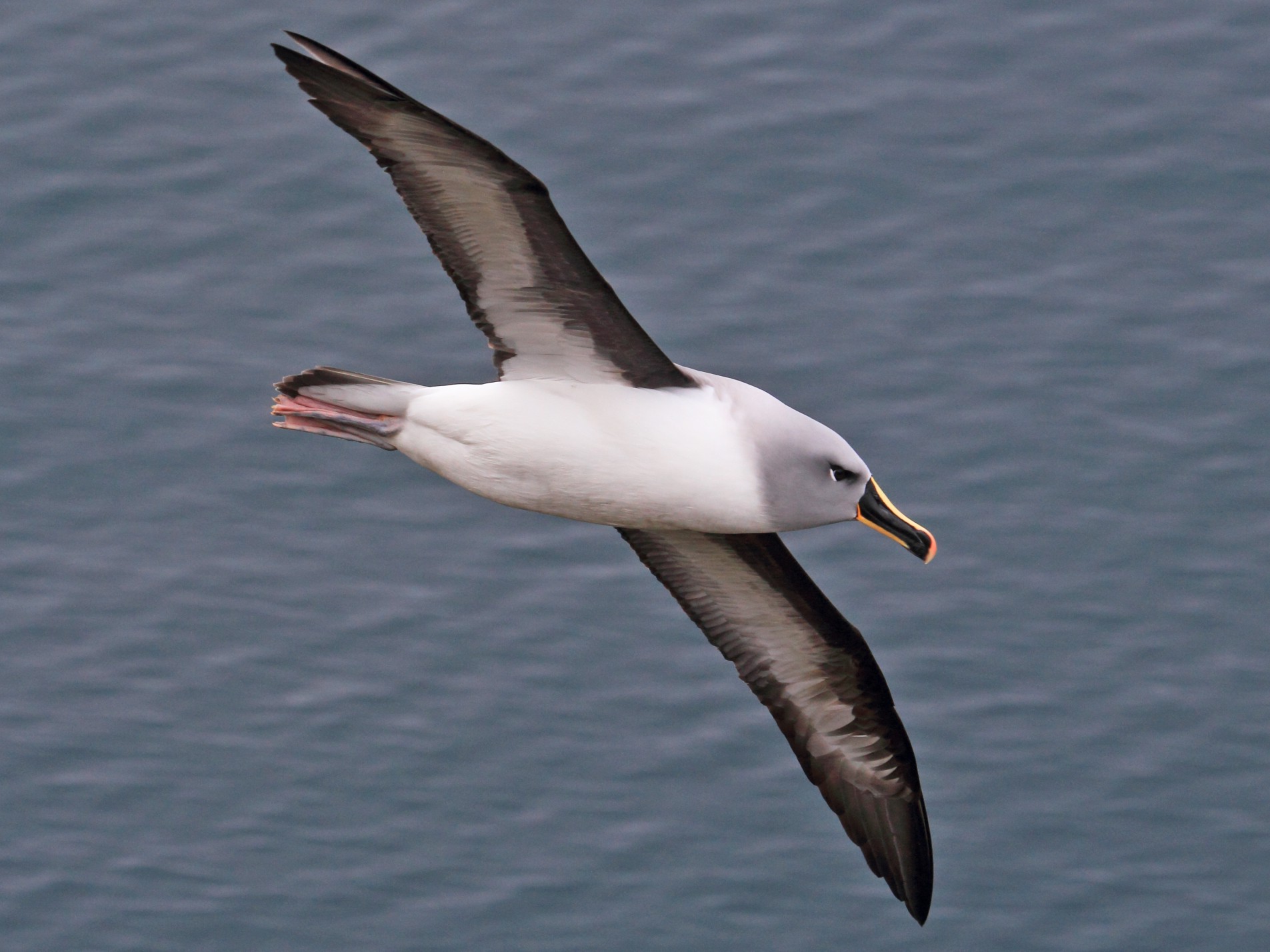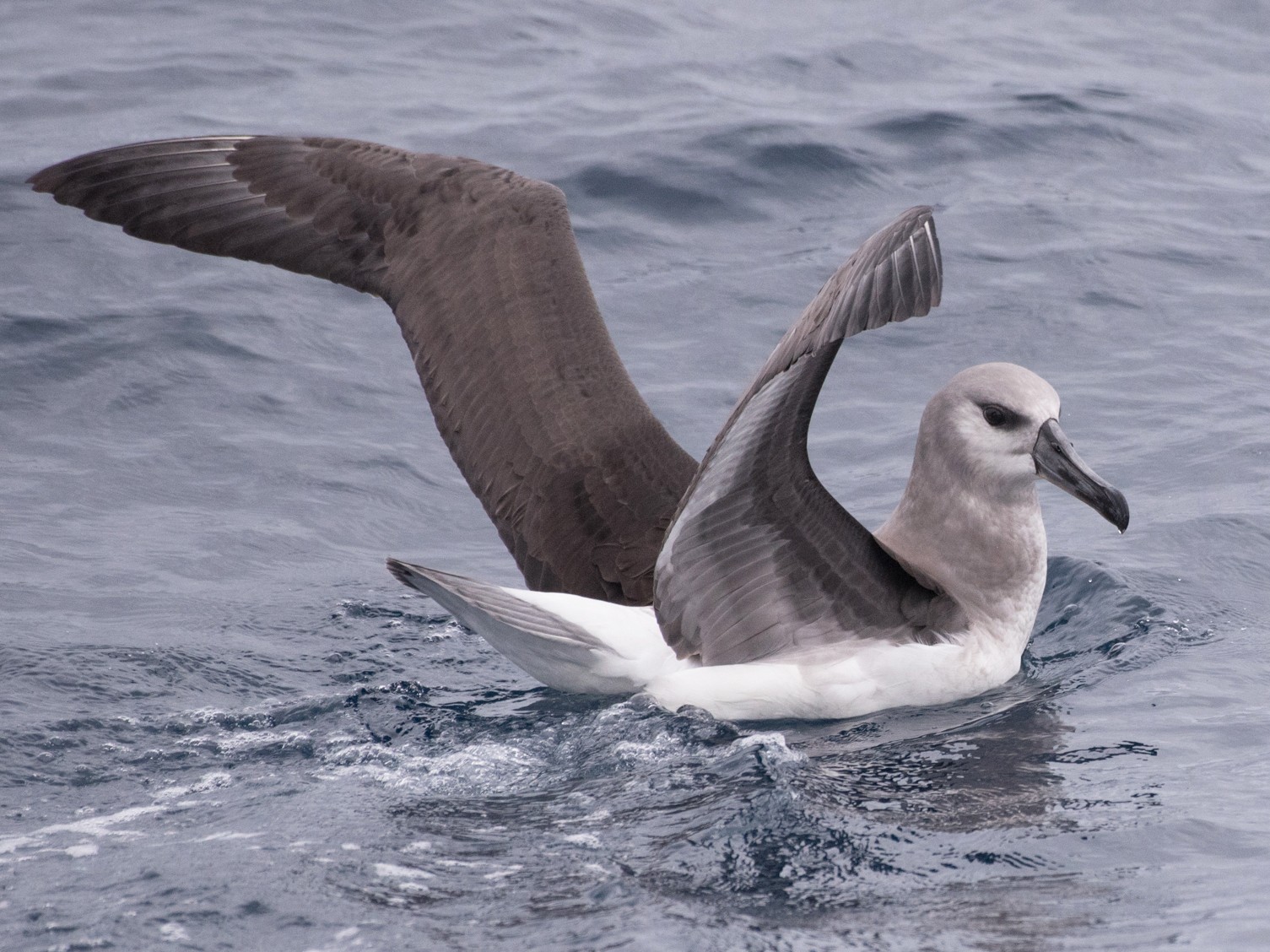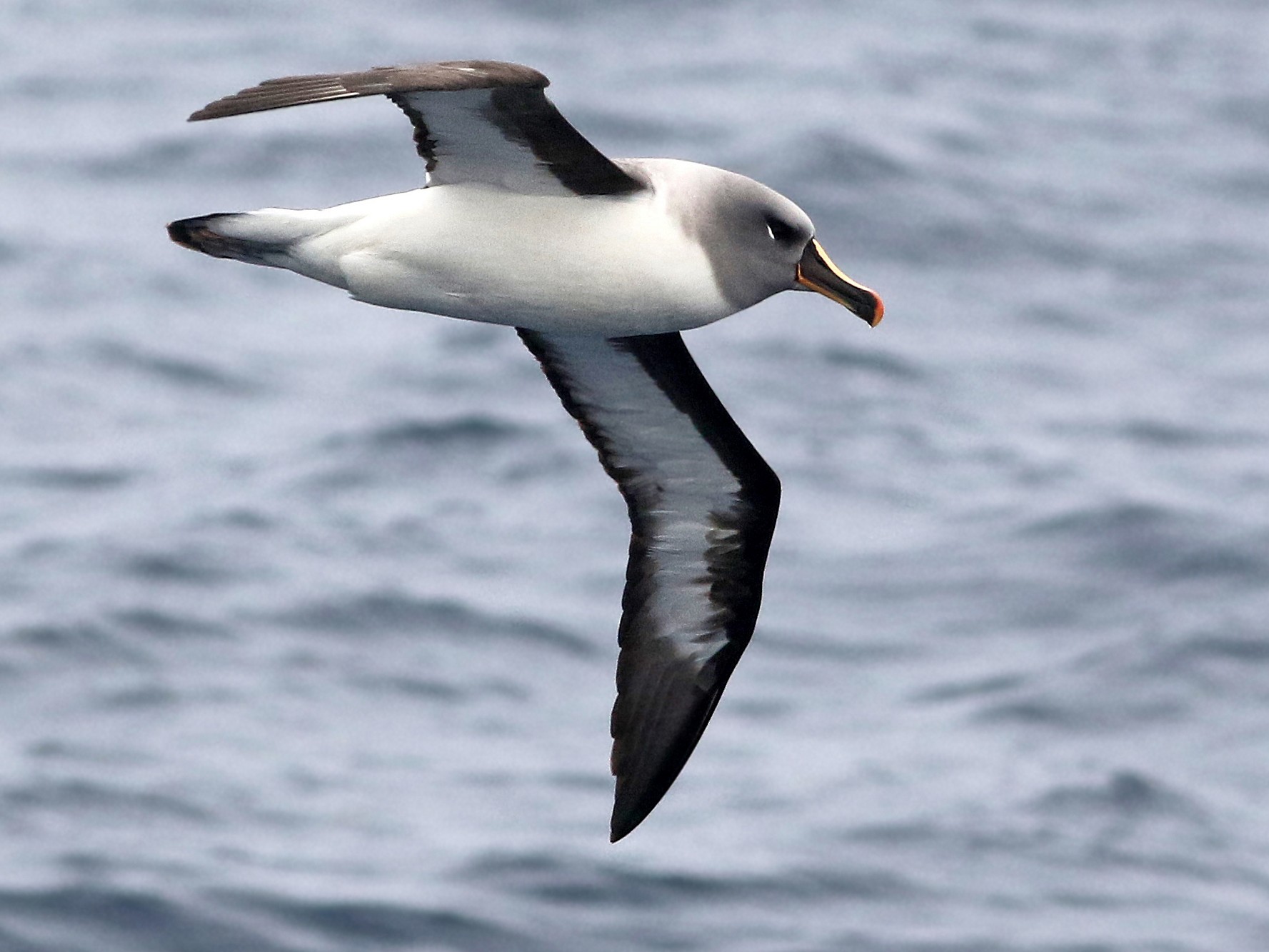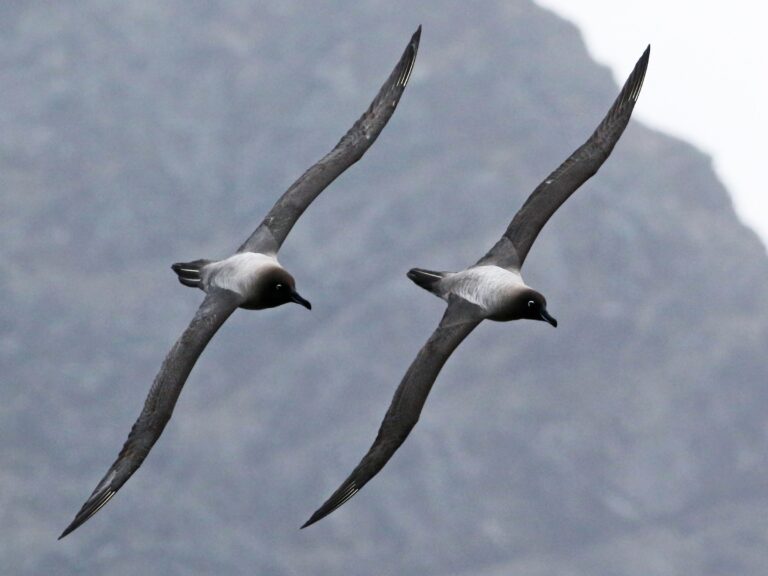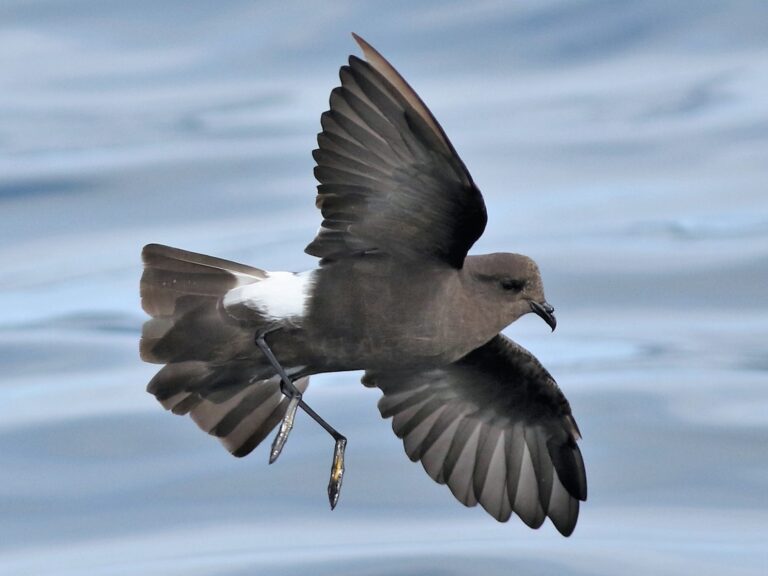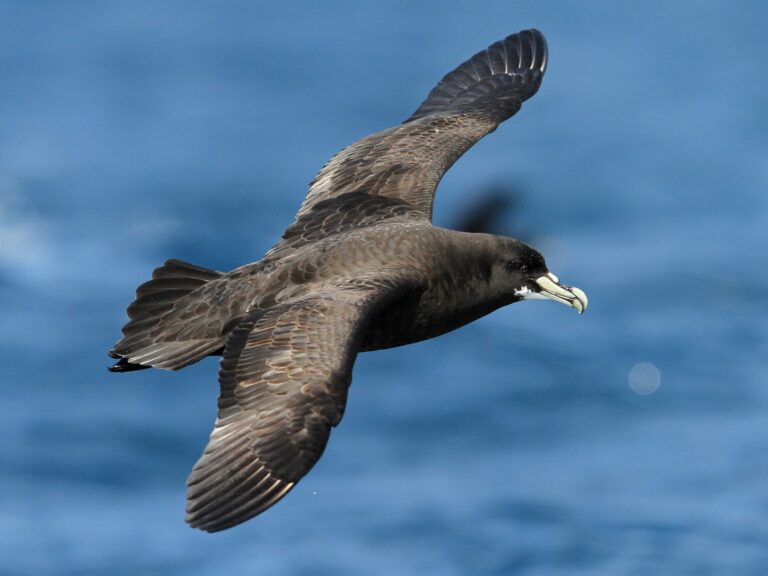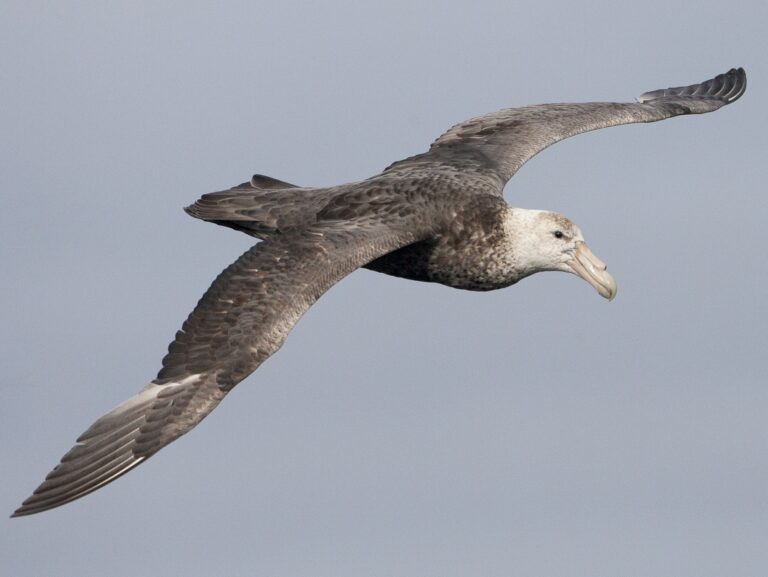Gray-headed Albatross: The Majestic Seafarer of the Southern Oceans
The Gray-headed Albatross, known scientifically as Thalassarche chrysostoma, is a remarkable seabird renowned for its impressive wingspan and unique nesting habits. This species typically breeds on sub-Antarctic islands, where they engage in fascinating courtship displays and form long-term bonds with their partners. As a member of the Diomedeidae family, it is part of a group known for their remarkable flying abilities, enabling them to glide over the ocean for hours with minimal effort.
These birds primarily feed on fish, squid, and other marine organisms, using their keen eyesight to spot prey from above. They are also known for their distinct grayish-brown plumage and striking white face, making them easily identifiable among other albatross species. However, like many seabirds, the Gray-headed Albatross faces various threats, including habitat loss and changes in food availability due to climate change.
Understanding the lifestyle and challenges of the Gray-headed Albatross sheds light on the broader issues affecting marine ecosystems. By recognizing their role within the environment, we can appreciate the importance of conservation efforts aimed at protecting these majestic birds and their habitats.
Key Takeaways
- The Gray-headed Albatross breeds on sub-Antarctic islands and has strong pair bonds.
- It primarily feeds on marine life and is known for its extensive flying abilities.
- Conservation efforts are essential to address threats facing the Gray-headed Albatross.
Habitat and Distribution
The Gray-headed Albatross primarily inhabits subantarctic regions. Its distribution includes critical breeding and feeding locations, which are essential for its survival and reproduction. This section covers the locations where these birds breed and where they search for food in marine environments.
Breeding Colonies
Gray-headed Albatrosses breed mainly on South Georgia and Campbell Island. These remote locations provide safe nesting sites and abundant resources. Breeding typically occurs from November to April.
On South Georgia, the albatrosses prefer sloped grasslands and rocky cliffs. These habitats help protect nests from predators. Each colony can host thousands of pairs, reflecting the species’ social structure.
In addition, the breeding success of these albatrosses relies on the availability of food nearby. When conditions are favorable, they can successfully raise their chicks, which typically fledge after about 3 months.
Feeding Grounds
Foraging often occurs in marine and pelagic environments where fish and squid are abundant. The Gray-headed Albatross travels great distances, sometimes over 2,500 kilometers, to find food. These foraging trips typically happen during the day and night.
Key feeding areas include nutrient-rich waters around South Georgia and along the Antarctic Circumpolar Current. Here, they exploit the rich marine life, taking advantage of upwellings that attract prey.
Moreover, the albatrosses are known to follow fishing boats, benefiting from discarded fish. This behavior highlights their adaptability in finding food in changing environments. Overall, successful foraging is essential for their survival and reproductive success.
Physical Characteristics
The Gray-headed Albatross has distinct physical traits that help it thrive in its oceanic environment. Key features include its plumage, size, beak shape, and adaptations for flight.
Plumage and Size
The Gray-headed Albatross is medium to large in size, with a wingspan reaching up to 2.4 meters (7.9 feet). The adult’s plumage is striking, featuring a gray head and a white body. The wings are long and narrow, providing excellent gliding capabilities.
The bill is strong and tapered, which aids in catching prey. Juvenile birds display a darker plumage, which gradually lightens as they mature. This change signifies their readiness to breed and nest, occurring around 5 years of age.
Beak and Flight Adaptations
The beak of the Gray-headed Albatross is robust and hooked, ideal for grasping slippery prey like fish and squid. Its unique shape also enables it to utilize a feeding technique called surface seizing.
Flight adaptations include long, narrow wings that allow for dynamic soaring. This technique involves gliding on wind currents, which minimizes energy expenditure during long flights. The albatross can cover thousands of kilometers while searching for food, making it one of the most efficient flyers in the animal kingdom.
Reproduction and Lifecycle
The gray-headed albatross has a unique breeding and development process. Their long lifecycle is marked by specific phases from mating to chick rearing. Key aspects include their mating rituals, nesting behaviors, and the stages of chick development.
Mating and Nesting
Gray-headed albatrosses are monogamous, often forming lifelong bonds with their mates. Courtship involves synchronized aerial displays and calls. Breeding typically occurs from September to December.
Nesting sites are chosen on remote islands with few predators. The albatross creates a shallow scrape in the ground, adding grass and feathers for comfort.
The female lays a single egg, which is incubated for about 11 to 13 weeks. Both parents share incubation duties, taking turns to keep the egg warm and protected.
Chick Development
Once the chick hatches, it is covered in down feathers and relies heavily on its parents for food. The parents regurgitate food, usually fish or squid, for the chick.
During the chick’s growth phase, which lasts about 3 to 4 months, it begins to practice flapping its wings. By January, the chick starts spending more time outside the nest.
Eventually, the chick becomes self-sufficient and leaves the nest, similar to its parents. The gray-headed albatross can take several years to reach maturity, usually around 5 years old, before it joins the breeding population.
Diet and Foraging Behavior
The Gray-headed Albatross has a varied diet and employs several techniques to catch its food. Understanding its feeding habits provides insight into its role in the marine ecosystem.
Feeding Techniques
Gray-headed Albatrosses use a mix of foraging techniques to capture their prey. They typically glide over the ocean, scanning the surface for signs of food. One common method is called surface feeding, where the bird seizes fish and squid that are near the water’s surface.
They can also engage in scavenging, following fishing boats to take advantage of discarded catch. When hunting, these albatrosses may perform a behavior called dynamic soaring. This allows them to cover large distances with minimal energy, making reaching food sources more efficient.
Prey and Predators
The primary diet of the Gray-headed Albatross consists of squid and fish. Research shows that squid, particularly species like Todarodes, make up a significant portion of their diet.
In addition to squid, they eat small fish and crustaceans. These birds face few natural predators as adults. However, their eggs and chicks can be vulnerable to predation by gulls and other seabirds.
The ability to adapt their diet based on availability helps them thrive in different environments.
Conservation Status and Threats
The gray-headed albatross faces significant conservation challenges due to various threats. These include environmental changes and ongoing human activities that impact its breeding and feeding grounds. Efforts are being made to address these issues, particularly in key locations like Elsehul and Cape Horn.
Current Conservation Efforts
Conservation initiatives focus on protecting nesting sites and minimizing human impact. At Elsehul, researchers monitor the breeding population, providing crucial data on their numbers and health.
Fisheries management is essential in reducing bycatch, a major threat to albatrosses. Stricter regulations are in place to limit interactions with fishing gear.
Regional organizations work to implement sustainable fishing practices. These measures help ensure that the feeding grounds of the gray-headed albatross remain safe and plentiful.
Impact of Environmental Change
Environmental changes pose serious risks to the gray-headed albatross. Climate change alters ocean temperatures and affects prey availability. This shift can disrupt feeding patterns and breeding success.
Additionally, changing weather patterns impact breeding locations. Areas like Cape Horn are increasingly facing more severe storms, which can damage nests and reduce chick survival rates.
Habitat degradation from human activities also threatens these birds. Pollution and plastic waste can contaminate their food sources.
Monitoring these impacts allows conservationists to adapt strategies and ensure the future of the gray-headed albatross.
Cultural and Media Depiction
The gray-headed albatross holds significant cultural value and appears frequently in literature and media. Its depiction often highlights themes of freedom, adventure, and nature. Understanding its symbolism can enhance appreciation for this remarkable bird and its role in various narratives.
Symbolism and Significance
The gray-headed albatross is often seen as a symbol of endurance and resilience due to its long migrations and ability to thrive in harsh conditions. In many cultures, it represents freedom, as it glides effortlessly over the ocean.
It is also important in conservation discussions, symbolizing the fragility of marine ecosystems. This duality—representing both freedom and vulnerability—adds to its cultural richness. The albatross appears in artworks, folklore, and various forms of media, reminding people of their connection to nature and the environment.
In Literature and Media
The gray-headed albatross appears in several literary works, often used to evoke emotions tied to nature and exploration. In “The Rime of the Ancient Mariner” by Samuel Taylor Coleridge, the albatross symbolizes good luck and the consequences of human actions on nature.
In modern media, documentaries and films frequently highlight the bird’s life and habitat, emphasizing its role in the ecosystem. They often focus on conservation efforts, showcasing the delicate balance of marine life. Such portrayals not only educate viewers about the species but also inspire a connection to environmental stewardship.
Frequently Asked Questions
The gray-headed albatross has several unique traits and behaviors that are important to understand. These include its habitat preferences, diet, breeding cycle, conservation status, interactions with the environment, and migration patterns.
What is the typical habitat of the gray-headed albatross?
The gray-headed albatross typically resides in sub-Antarctic regions. Breeding colonies are mainly found on islands such as South Georgia and the South Sandwich Islands. They prefer coastal areas and cliffs for nesting, which provide safety from predators.
Can you describe the diet of the gray-headed albatross?
The diet of the gray-headed albatross primarily consists of squid, fish, and some crustaceans. They are excellent foragers, often scavenging from fishing boats and locating prey through their keen eyesight. This albatross can use different hunting techniques, such as surface plunging and underwater pursuit.
How does the gray-headed albatross breeding cycle work?
The breeding cycle for the gray-headed albatross involves a long courtship period, lasting several months. They typically lay one egg, which both parents incubate for about 11 to 12 weeks. After hatching, the chick requires extensive care and feeding for several months before it can fledge.
What conservation status is assigned to the gray-headed albatross?
The gray-headed albatross is classified as “Vulnerable” by the IUCN. Threats to its survival include habitat loss, climate change, and interactions with fishing activities, such as bycatch. Conservation efforts are in place to help protect their populations.
How do gray-headed albatrosses interact with their environment?
Gray-headed albatrosses play a vital role in their marine ecosystem. They help maintain the balance of marine life by feeding on various fish and squid species. Their movements also influence nutrient cycling in oceanic waters.
What are the migration patterns of the gray-headed albatross?
These albatrosses are known for their extensive migration patterns. They travel thousands of miles across the Southern Ocean, often following ocean currents. Their movements are influenced by the availability of food and breeding cycles, which can vary seasonally.



